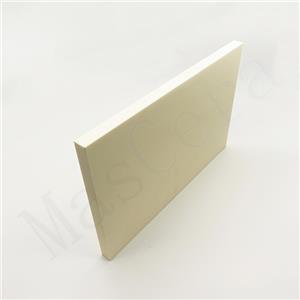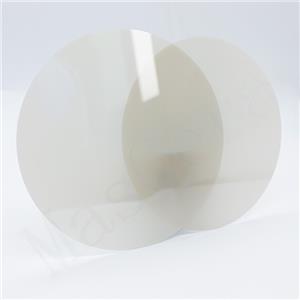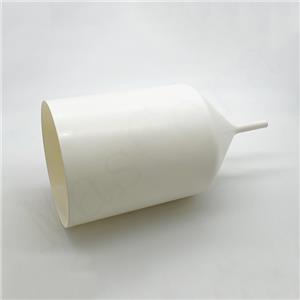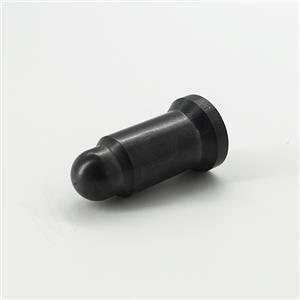New SiC Polishing Technology Increases Efficiency by 10 Times!
With the rapid advancement of semiconductor technology, silicon carbide (SiC) is emerging as a focal point in the research community due to its superior high-performance material properties. However, its exceptional hardness and chemical stability, while advantageous, present significant challenges to polishing processes. Particularly in the precise manufacturing of wafers, traditional chemical mechanical polishing (CMP) methods face serious challenges, including how to effectively eliminate surface defects and improve material removal efficiency.
Recently, a research team at Ritsumeikan University in Japan developed a new Electrochemical Mechanical Polishing (ECMP) technology, achieving a material removal rate of approximately 15 μm/h, significantly enhancing SiC polishing.
This technology involves using the silicon carbide substrate as the anode and placing an SPE/CeO2 composite material pad between the substrate and the polishing plate (cathode). When a bias voltage is applied, the surface of the silicon carbide undergoes an electrolytic reaction with the SPE, forming an easily removable oxide layer. This oxide layer is then removed by the CeO2 particles in the pad.
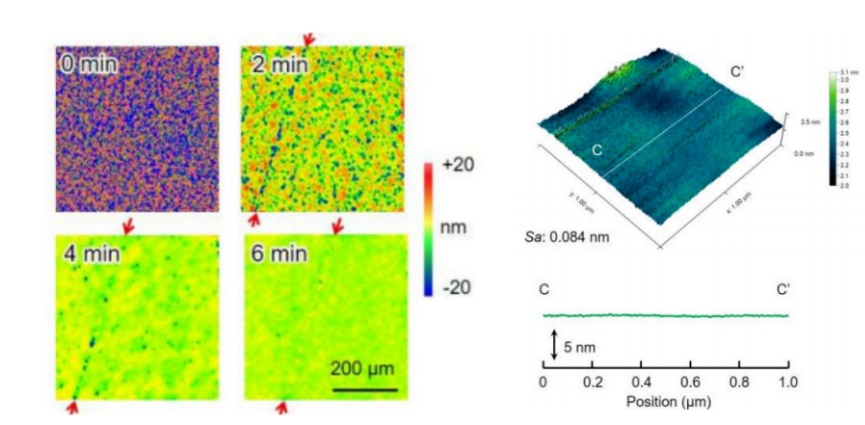
Changes in the Surface Morphology of Silicon Carbide with ECMP (Left) and
AFM Image of the ECMP-treated Silicon Carbide (0001) Surface (Right)
Advantages of ECMP
• Environmentally Friendly and Efficient: ECMP technology avoids the use of harmful liquid chemicals, reducing environmental impact.
• High Removal Rate: This technology achieves a material removal rate (MRR) of approximately 15 μm/h, which is ten times that of traditional CMP.
• High Quality: The surface of the silicon carbide substrate treated with ECMP is smooth, with roughness reduced to sub-nanometer levels.
What is ECMP?
The current material removal rate and surface roughness achieved by chemical mechanical polishing are difficult to significantly improve by simply altering the process. Augmenting CMP with additional enhancements has become the optimal choice for substantially increasing material removal rates and reducing surface roughness in recent years.
ECMP is a precise process that combines electrochemical corrosion with mechanical polishing, using an electrolyte as the polishing fluid. After electrically charging the surface of single-crystal SiC (as the anode), an oxide layer is formed through anodic oxidation, which is then mechanically removed with soft abrasives, resulting in an ultra-smooth, damage-free surface. This technique is typically used to produce surfaces with a gloss that is difficult to achieve through mechanical polishing alone.
However, when using this method, if the anode current is weak, the quality of the processed surface is good, but the material removal rate changes little; if the anode current is strong, the material removal rate increases significantly, but an overly strong anode current can lead to decreased surface precision and porosity. Therefore, the key to efficiently achieving a smooth surface when applying an external electric field for electrochemical mechanical polishing is balancing the oxidation rate and material removal rate of the test piece's surface layer.
During their experiments, the team first studied the impact of electrolytic current density on the material removal rate of silicon carbide substrates and found that the MRR is proportional to the electrolytic current density, reaching saturation at a certain current density. When the electrolytic current density is below 10 mA/cm², the MRR increases with the current density. Above 15 mA/cm², the MRR reaches saturation, and Faraday efficiency begins to decline, indicating that further increasing the current density does not bring higher material removal efficiency.
Currently, CMP is the simplest and most easily implemented method both in principle and experimental setup. However, the polishing fluids typically contain strong acids, bases, and oxidizers, which pose risks to the environment and experimenters, and its polishing efficiency has reached a bottleneck.
Enhanced chemical mechanical polishing methods like ECMP are gaining more attention. With the expanding application range of SiC devices, higher demands are being placed on the processing efficiency and surface quality of SiC substrates. This new technology not only ensures processing efficiency and surface quality but also injects new momentum into the green development of SiC substrate manufacturing.
Source:
Expert on Third-Generation Semiconductors
Zhuangzhi Tian et al.: Research Progress on Ultra-Precision Processing of Single-SiC
XIAMEN MASCERA TECHNOLOGY CO., LTD. is a reputable and reliable supplier specializing in manufacturing and sales of technical ceramic parts. We provide custom production and high precision machining for a wide series of high performance ceramic materials including alumina ceramic, zirconia ceramic, silicon nitride, boron nitride , aluminum nitride and machinable glass ceramic. Currently, our ceramic parts can be found in many industries like mechanical, chemical, medical, semiconductor, vehicle, electronic, metallurgy etc. Our mission is to provide the best quality ceramic parts for global users and it is a big pleasure to see our ceramic parts work efficiently in customers' specific applications. We can cooperate on both prototype and mass production, welcome to contact us if you have demands.

